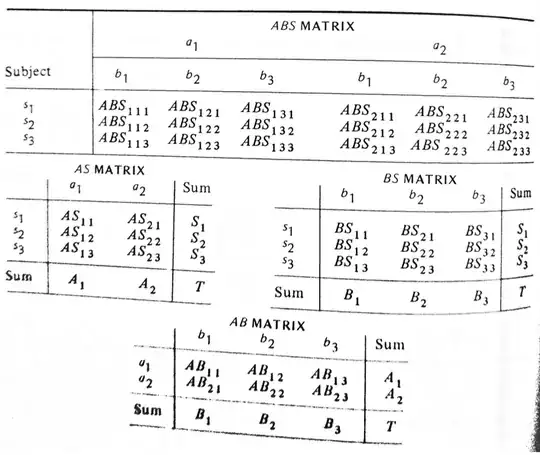Conditioning Approach
Condition on the value of $X_1$. Start with the cumulative distribution function (CDF) for $S_2$.
$\begin{align}
F_{S_2}(x) &= P(S_2\le x) \\
&= P(X_1 + X_2 \le x) \\
&= \int_0^\infty P(X_1+X_2\le x|X_1=x_1)f_{X_1}(x_1)dx_1 \\
&= \int_0^x P(X_1+X_2\le x|X_1=x_1)\lambda \text{e}^{-\lambda x_1}dx_1 \\
&= \int_0^x P(X_2 \le x - x_1)\lambda \text{e}^{-\lambda x_1}dx_1 \\
&= \int_0^x\left(1-\text{e}^{-\lambda(x-x_1)}\right)\lambda \text{e}^{-\lambda x_1}dx_1\\
&=(1-e^{-\lambda x}) - \lambda x e^{-\lambda x}\end{align}
$
This is the CDF of the distribution. To get the PDF, differentiate with respect to $x$ (see here).
$$f_{S_2}(x) = \lambda^2 x \text{e}^{-\lambda x} \quad\square$$
This is an Erlang$(2,\lambda)$ distribution (see here).
General Approach
Direct integration relying on the independence of $X_1$ & $X_2$. Again, start with the cumulative distribution function (CDF) for $S_2$.
$\begin{align}
F_{S_2}(x) &= P(S_2\le x) \\
&= P(X_1 + X_2 \le x) \\
&= P\left( (X_1,X_2)\in A \right) \quad \quad \text{(See figure below)}\\
&= \int\int_{(x_1,x_2)\in A} f_{X_1,X_2}(x_1,x_2)dx_1 dx_2 \\
&(\text{Joint distribution is the product of marginals by independence}) \\
&= \int_0^{x} \int_0^{x-x_{2}} f_{X_1}(x_1)f_{X_2}(x_2)dx_1 dx_2\\
&= \int_0^{x} \int_0^{x-x_{2}} \lambda \text{e}^{-\lambda x_1}\lambda \text{e}^{-\lambda x_2}dx_1 dx_2\\
\end{align}$
Since this is the CDF, differentiation gives the PDF, $f_{S_2}(x) = \lambda^2 x \text{e}^{-\lambda x} \quad\square$

MGF Approach
This approach uses the moment generating function (MGF).
$\begin{align}
M_{S_2}(t) &= \text{E}\left[\text{e}^{t S_2}\right] \\
&= \text{E}\left[\text{e}^{t(X_1 + X_2)}\right] \\
&= \text{E}\left[\text{e}^{t X_1 + t X_2}\right] \\
&= \text{E}\left[\text{e}^{t X_1} \text{e}^{t X_2}\right] \\
&= \text{E}\left[\text{e}^{t X_1}\right]\text{E}\left[\text{e}^{t X_2}\right] \quad \text{(by independence)} \\
&= M_{X_1}(t)M_{X_2}(t) \\
&= \left(\frac{\lambda}{\lambda-t}\right)\left(\frac{\lambda}{\lambda-t}\right) \quad \quad t<\lambda\\
&= \frac{\lambda^2}{(\lambda-t)^2} \quad \quad t<\lambda
\end{align}$
While this may not yield the PDF, once the MGF matches that of a known distribution, the PDF also known.
